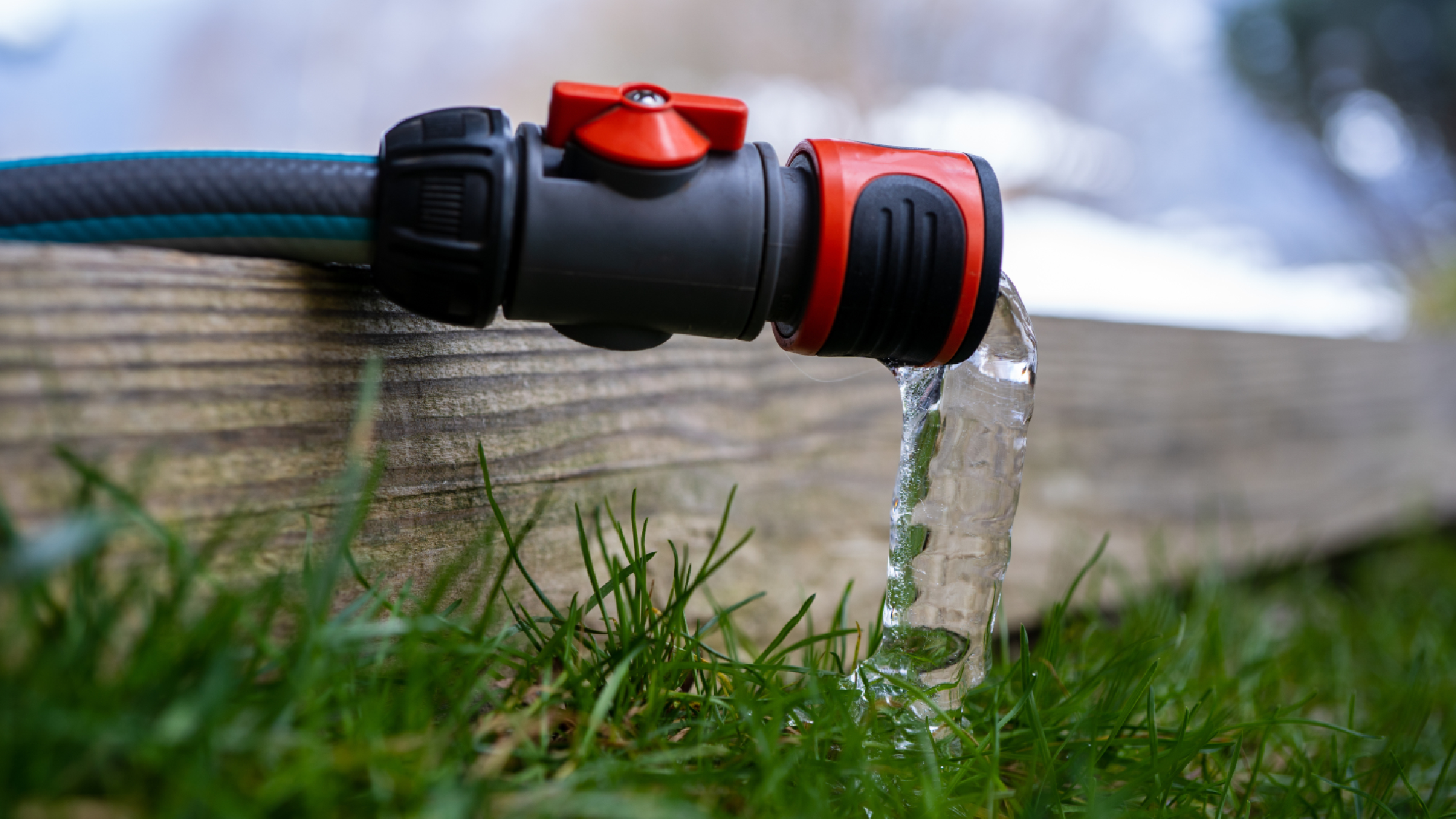How to care for an amaryllis and make it bloom
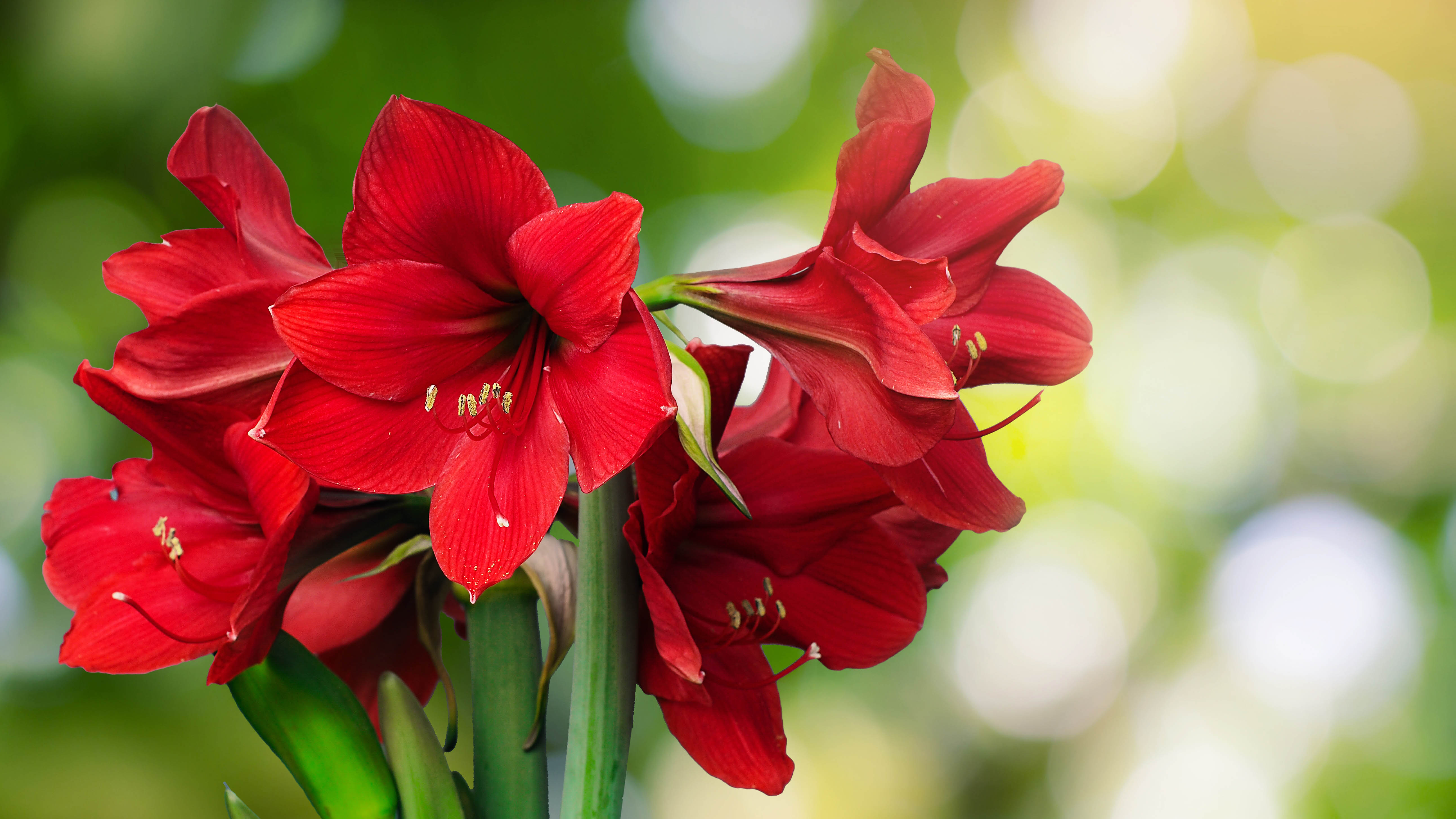
If you’ve been gifted an amaryllis bulb over the holidays, you’ll need to know how to care for it. These tall, festive plants will add a bold splash of color to any home, with flowers blooming in red, white and pink. They’re a popular present at this time of year and suit all levels of gardener, because they’re quick to grow and relatively easy to care for, much like orchids. However, there are still ways you can mishandle this plant and deter its growth.
Like all plants, amaryllis have specific preferences when it comes to watering, feeding, location and temperature. And these factors need to be taken into consideration to give it the best care possible. Follow our advice, and you can help your amaryllis thrive all year round and even bloom again. Here’s how to care for an amaryllis.
How to care for an amaryllis
Watering
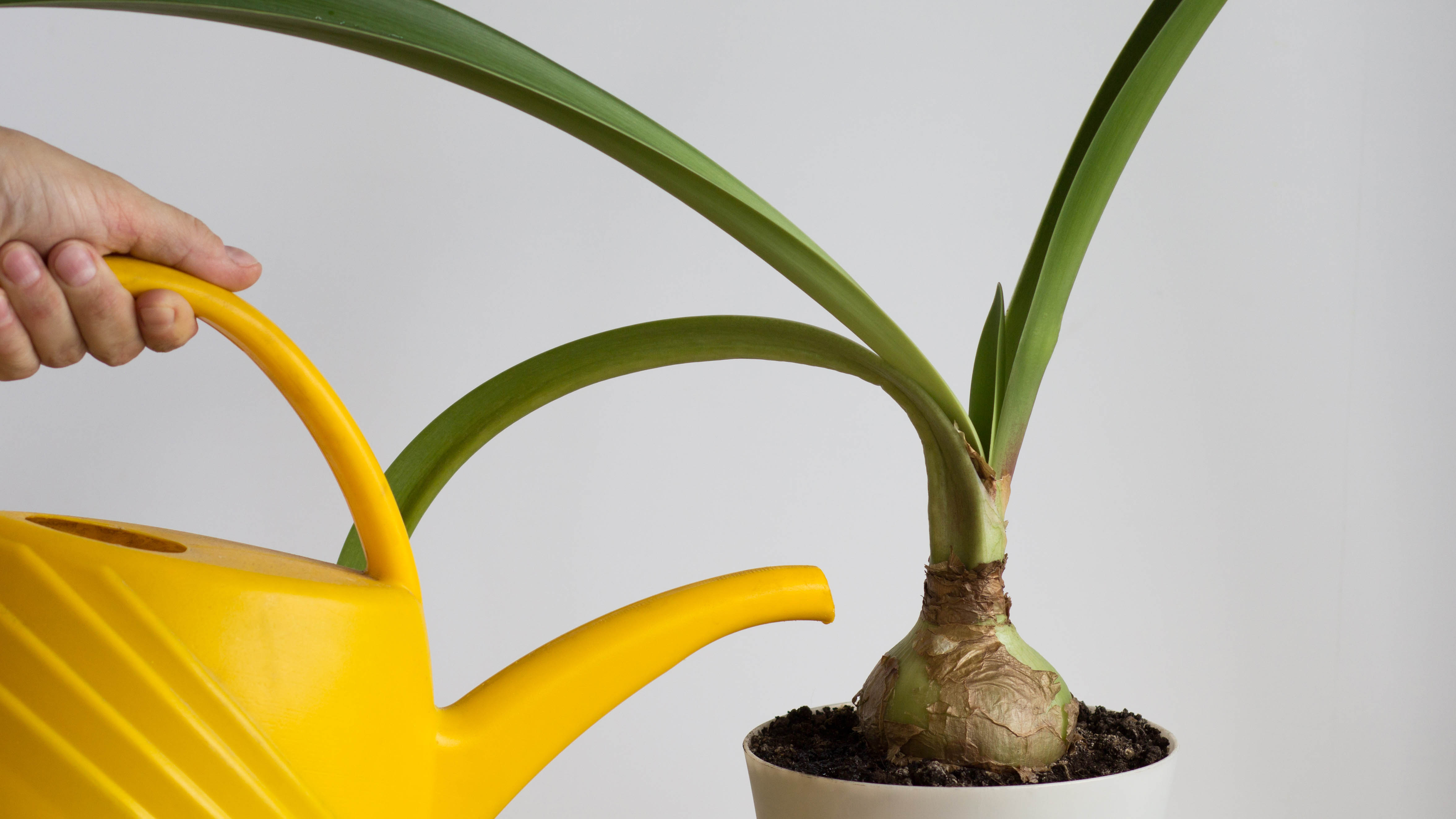
Amaryllis are less picky than most plants when it comes to watering, but they still require regular attention. You should water the soil around your bulb until it runs through into the tray or saucer underneath; leave the soil moist rather than sopping or soggy. Then, once drained, tip any excess water out of the tray. The soil should be left to dry before watering again. Avoid overwatering your amaryllis, otherwise the bulb will rot.
You can tell when your amaryllis is thirsty because the top two inches of the soil will be dry to the touch — you can use your finger to check this. How often your plant requires watering will depend on the ambient temperature of the room and its location. However, as a rule of thumb, twice a week is standard.
You can fertilize your amaryllis as well to help promote growth, doing so every few weeks using a dedicated indoor liquid houseplant fertilizer, such as Miracle-Gro Indoor Plant Food ($5.97, Amazon). Follow the instructions in terms of dilution.
Location and temperature

You amaryllis likes a bright environment, but don’t expose it to direct sunlight for too long, or you'll risk burning its leaves. Ideally, you want indirect sunlight or early morning sun, so an east-facing windowsill would be ideal. It will happily grow in temperatures of 50-55°F, however warmer temperatures of 70-75°F will speed things up. These plants require average humidity levels, so don’t worry about misting them.
Of course, your amaryllis can also be grown outside when the temperature permits as well. Just make sure it has access to indirect sunlight and part shade during the day. When the temperature drops, you will either need to bring your amaryllis back indoors, or take the necessary measures to protect it from frost over the coming months. Placing your amaryllis outdoors over the summer can help promote fresh blooms later in the year.
Get instant access to breaking news, the hottest reviews, great deals and helpful tips.
Pest control
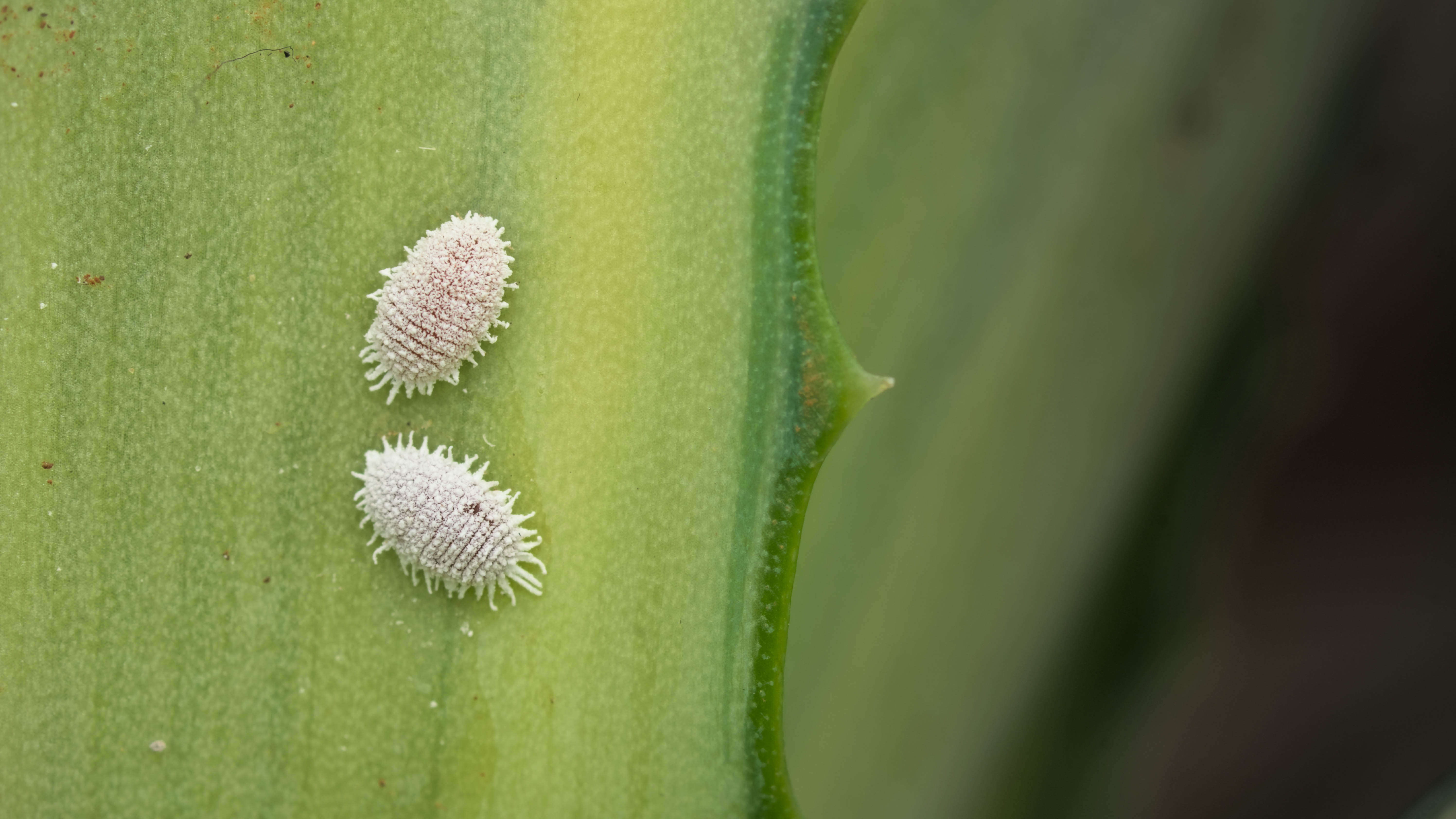
You will need to keep a keen eye out for pests as well because all kinds of visitors can make a home of your amaryllis. Mealybugs and spider mites are pretty common — look out for small white beetles and fine webbing for evidence of these. Bulb mites can also burrow their way into the bulbs and cause irreparable damage. Get the necessary insecticide to deal with them and quarantine your plant away from the others until it’s clear.
Red blotch is a well-known problem as well. This fungal disease leaves red stains on the leaves and the bulb itself, eventually impairing the growth. Sadly, little can be done if your amaryllis shows symptoms of this.
Pruning
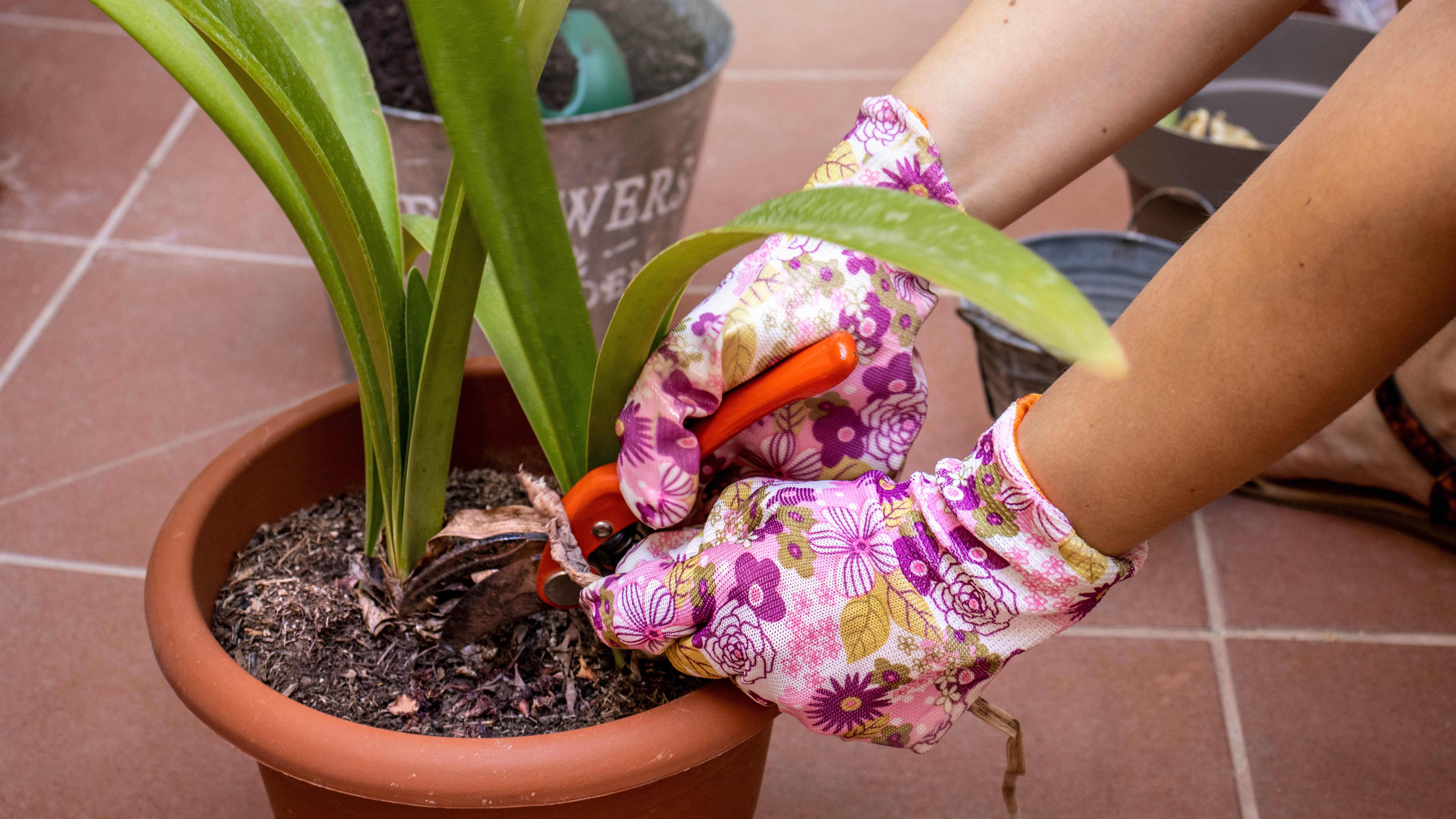
5. Pruning — Once your amaryllis has finished flowering and the stalk starts to yellow, it will need to be pruned back. Use a pair of the best pruning shears — be sure to use bypass rather than anvil — to cut the stalk diagonally an inch above the bulb. It’s better to cut diagonally because any water will run off the cut in the future.
Reblooming
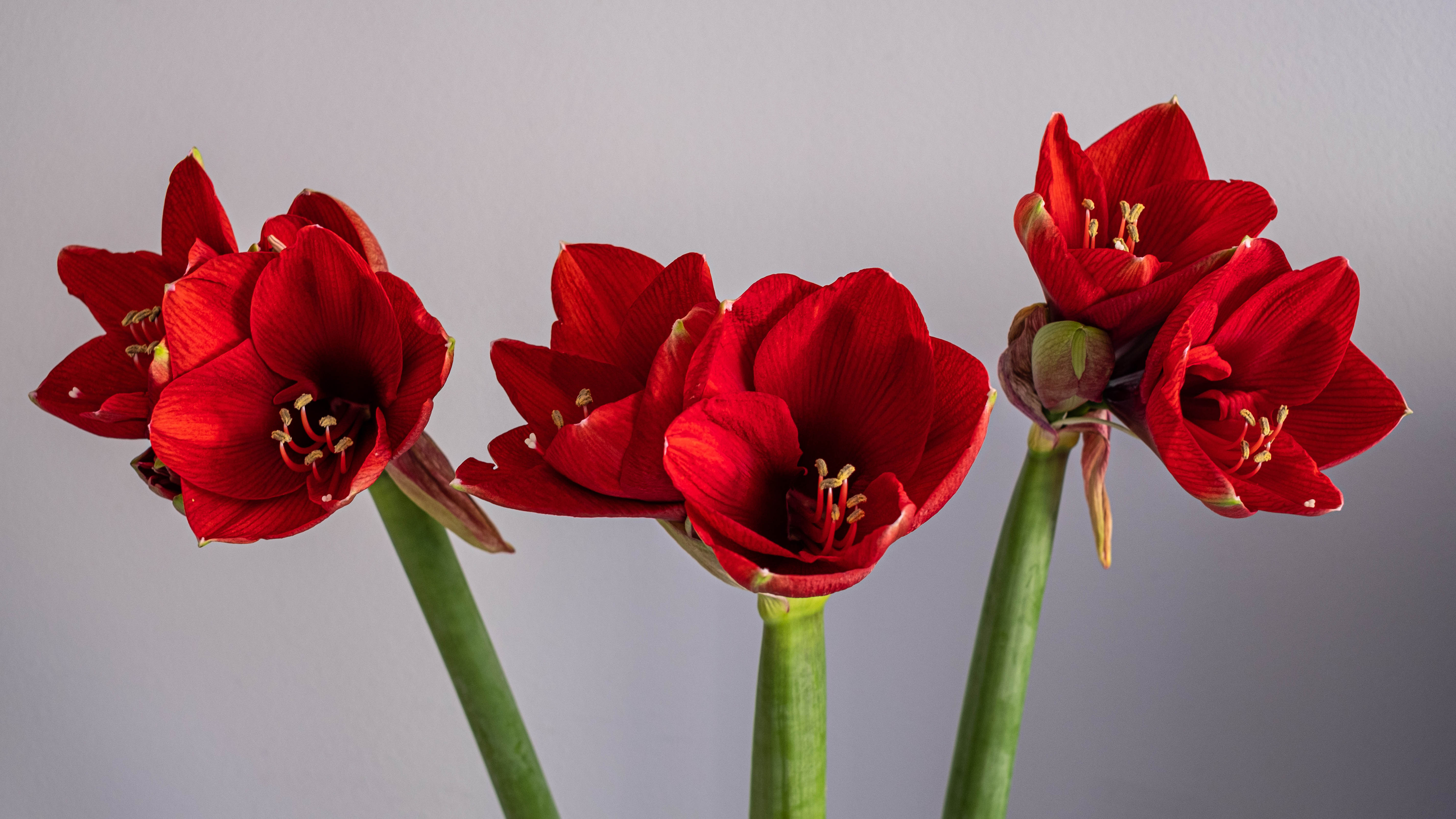
If you want your amaryllis to bloom again, which is entirely possible, you can give it a helping hand. Generally speaking, these plants require anywhere from 6-10 weeks to bloom, so if you want it blooming in time for the holidays, you’re going to have to start working on it from the early fall.
You want your amaryllis to be situated outdoors over the summer months for the best chance of new blooms. Then, from the start of September, slowly reduce its water and fertilizer — this tricks it into dormancy, which will last several weeks. The leaves will brown and die, but don’t be alarmed; just cut these off as they occur. Then from mid-end October, you can move your amaryllis indoors and recommence watering. This will drive your amaryllis to flower again.
Repotting
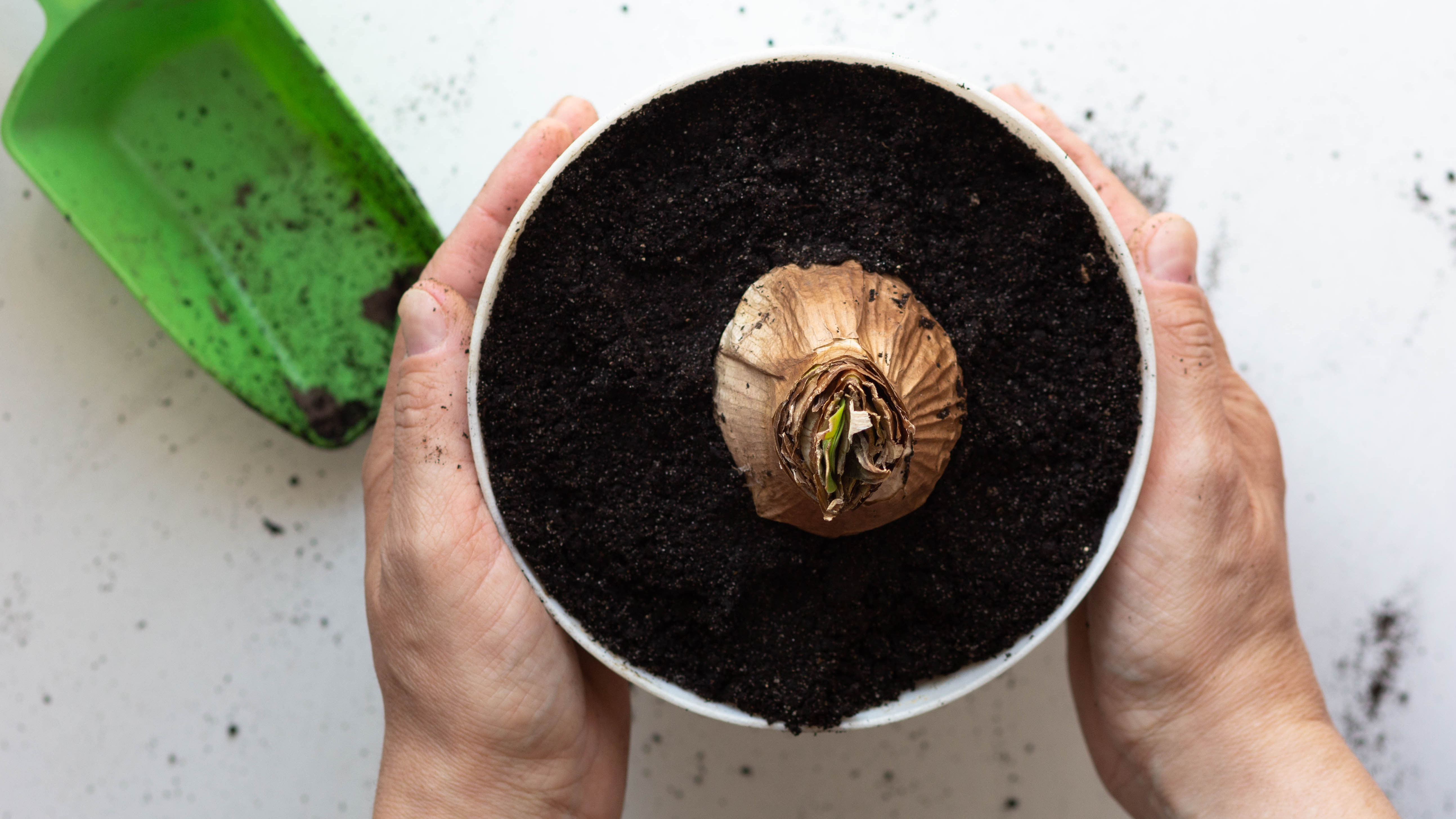
If you’ve been given an amaryllis as a gift, odds are it will already come with its own potting soil. However, if you want to repot your amaryllis down the line, which is only required every couple of years or so, you will want to use a dedicated well-draining potting soil, such as Miracle-Gro Indoor Potting Mix ($12.99, Amazon). This will give your plant access to the nutrients it requires.
Ideally, you want the soil to be slightly acidic, sitting between 6.0 and 6.5 on the pH scale. Feel free to use a soil test kit, such as the SONKIR Soil pH Meter ($9.99, Amazon) to confirm this. If you’re repotting your amaryllis, it’s always best to upgrade from plastic to terra cotta. Terra cotta is much more porous versus plastic, which means the soil within has better access to oxygen and it dries more quickly as well, preventing root rot. On top of this, terra cotta is generally much heavier than plastic, which will help support your plant as it grows tall and top heavy. You can also plant a stake or cane into the soil to help keep your plant upright if necessary. Whichever pot you use, make sure it has drainage holes so the water can flow through.
Remember, when you first plant your amaryllis bulb, you don’t want to fully submerge it in the soil — leave the top third of the bulb exposed and make sure it’s aimed directly upwards for growth. Ideally, you want to leave about an inch of soil around the bulb.
For more planting tips, tricks, and how-tos, check out our guides on how to prune hydrangeas, how to care for succulents and how to plant sunflower seeds.

Katie Mortram used to be a Homes Editor for Tom's Guide, where she oversaw everything from kitchen appliances to gardening tools, as well as smart home tech. Specializing in providing expert advice for cleaning and home manintenance, she now works as Household Advice Editor for Good Housekeeping.
